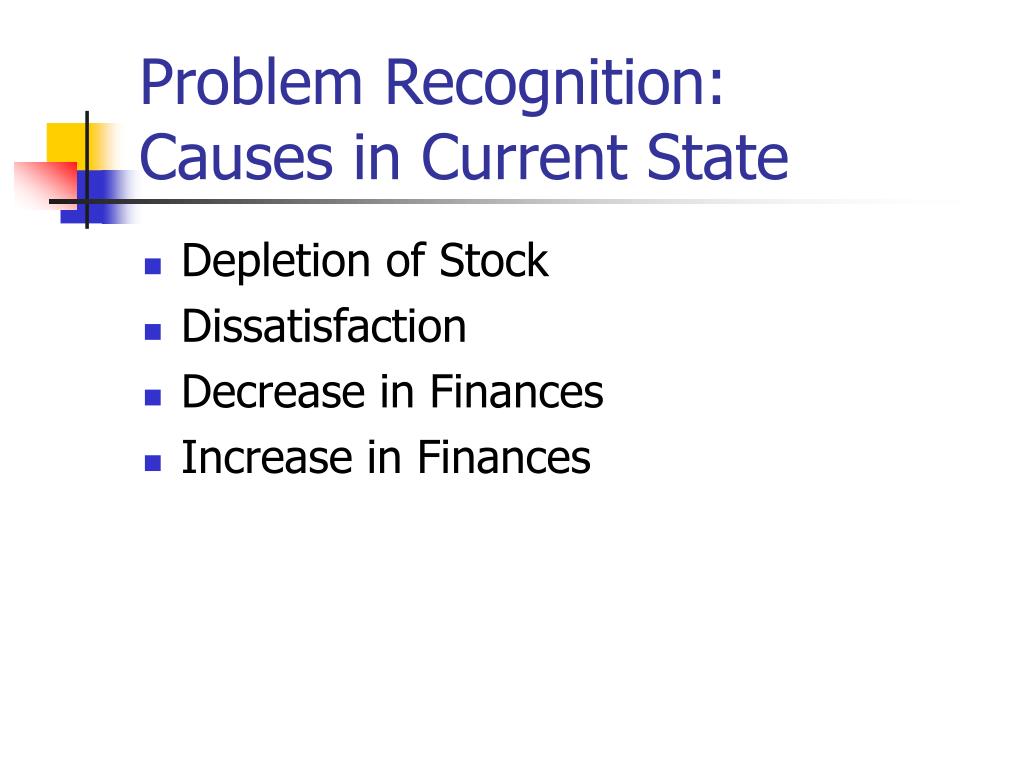
The task that requires multi-tasking cannot be carried out simultaneously because we have limited capacity to process the information.įor example, it is difficult to study or learn something from your book while you are listening to music.

It means, we can process one task at a time. It has been observed that we have quite limited capacity to process information that is available in the outside world. This example shows that we can selectively attend to one task at a time and the ongoing task in this case is ignored. While you are chatting, if you suddenly hear your name from some other group, your attention is diverted and you might start paying attention towards the group where you heard your name. Here, the attention is focused on stimulus of ongoing interest, others being ignored.įor example, when you are in a tea party organized by your friend, you take a plate of snacks and cup of tea and stand chatting in your group of friends. The selective function acts as a filter that allows information in and the unwanted information out. The most important function of attention is selectivity. Distraction in such a case occurs with some interference which prevents the individual to continue with the task.įor example, when a teacher in a class asks the student to pay attention, it means the student can create such conditions where he prepares himself to be alert. The following are some of the key functions relating to Attention, which are listed below − Alerting FunctionĪttention here refers to a state of focused awareness with the readiness to respond. The process of attention serves the various functions in the organization of our perception and other cognitive functions. Attention is the central process and perception is not at all possible without attention. AttentionĪttention always precedes perception.

This process is called subliminal perception because the stimulus is beneath the threshold, or “limen” of conscious awareness, though obviously not beneath the absolute threshold of the receptors involved.

Stimuli that are too weak or too brief to be consciously seen or heard may nevertheless be strong enough to be perceived by one or more receptor cells. People are also stimulated below their level of conscious awareness that is, they can perceive stimuli without being consciously aware that they are doing so. People are motivated below their level of conscious awareness. The minimal difference that can be detected between two similar stimuli is called the differential threshold or the just noticeable difference. The point at which a person can detect a difference between “something” and “nothing” is that person’s absolute threshold for that stimulus. The lowest level at which an individual can experience a sensation is called the absolute threshold. All of these functions are called into play, either singly or in combinations, in the evaluation and use of most consumer products. Their sensory functions are to see, hear, smell, taste and feel. Sensory receptors are the human organs that receive sensory inputs. A stimulus may be any unit of input to any of these senses.Įxamples of stimuli include products, packages, brand names, advertisements and commercials. Sensation is the immediate and direct response of the sensory organs to stimuli. For example, in 1957 in a drive-in theater in New Jersey, messages such as "Drink Coke" and "Eat Popcorn" were flashed on the screen and sales of these refreshments increased considerably as a result. Images may be flashed before the eye too quickly for the conscious mind to apprehend.

Subliminal Stimuli represent the words or pictures so as to be unidentifiable to the viewer's conscious perception. The stronger is the initial stimulus, the greater is the additional intensity needed for the second stimulus to be perceived as different.įor example, If there is a one and half inch reduction in the size of a five inch candy bar, it won’t get noticed a bit but if the two inch long chewing gum gets reduced, then it would be noticed. Weber’s law gives a theory concerning the perceived differences between similar stimuli of varying intensities. Our attention may be quite high when we read the directions mentioned on a road map and quite low when a commercial comes on the T.V. However, we don’t pay much attention to them or tend to seek it out, but, if we want to purchase something, say, a motorbike, we may deliberately take effort and seek out such advertisements. Exposure is not enough to significantly impact the individual.įor example, in our daily life, we come across a number of hoardings, advertisements, banners etc. The following are the factors/theories, which can influence our perception ExposureĮxposure is the extent to which it encounters stimulus. Our human brain attempts to make sense out of the stimuli to which we are exposed and our perception is an approximation of reality.


 0 kommentar(er)
0 kommentar(er)
